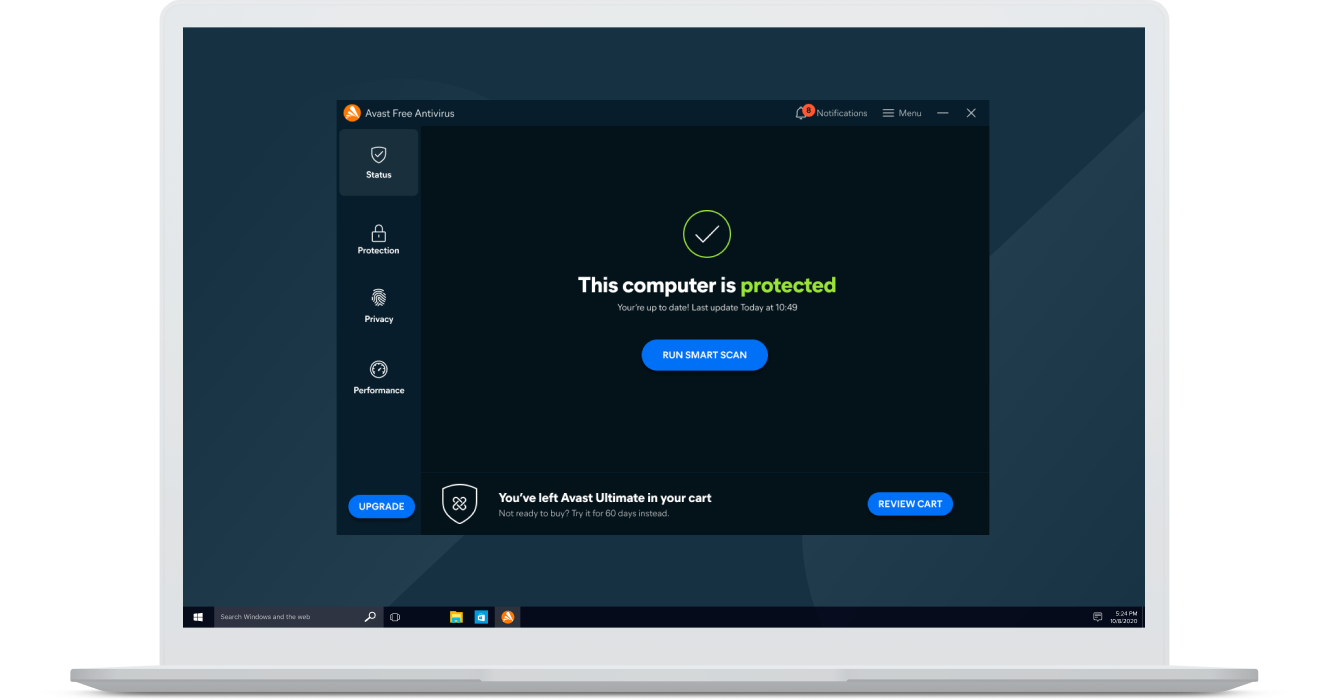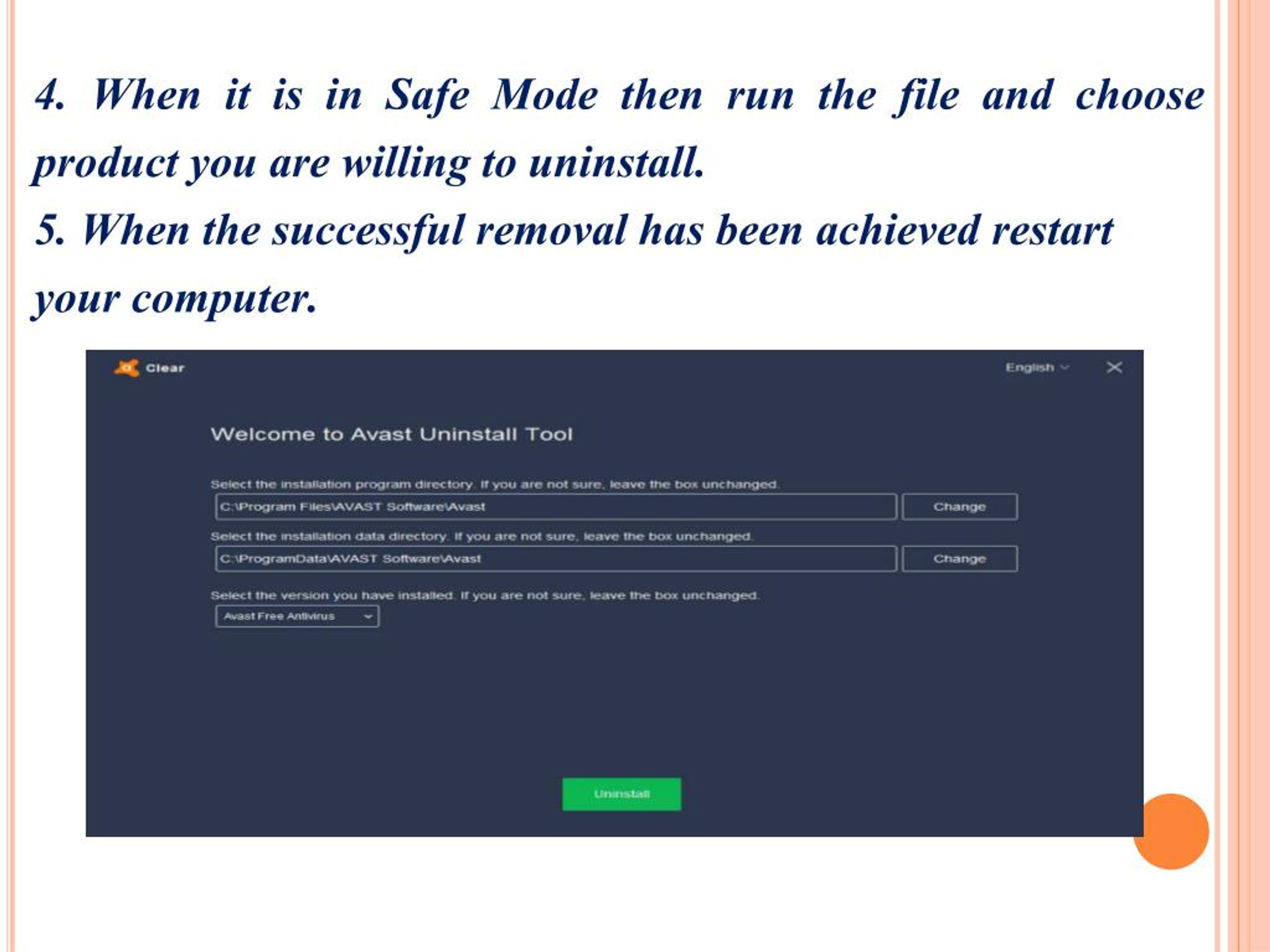

Note: Upon running SymCorpUI.EXE, a window may appear with the following message: "It appears that the Symantec Management Client service is not running.This will start the scanning process immediately.

On the left-hand side, click Scan For Threats.This will open Symantec Endpoint Protection In the Create New Task window, click OK to run the application.By default, this is C:\program files\symantec\symantec endpoint protection\ Browse to the install directory for Symantec Endpoint Protection.Press CTRL+ALT+DEL to bring up task manager.After the computer has loaded into this mode, close the Command Prompt window that appears.This will display a startup menu with an option for Safe Mode with Command Prompt. Immediately press F8 prior to the operating system load screen. Restart these machines into Safe Mode with Command Prompt.Isolate (disconnect) all affected machines from the network.Starting a computer into the mode Safe Mode with Command Prompt may also prove to be more successful when removing an infectious threat since the explorer.exe process does not run in this mode. In case it is not, using the Power Eraser functionality of SymHelp is one preferred option. In most instances, a full system scan in safe mode will be sufficient to remove threats.


 0 kommentar(er)
0 kommentar(er)
